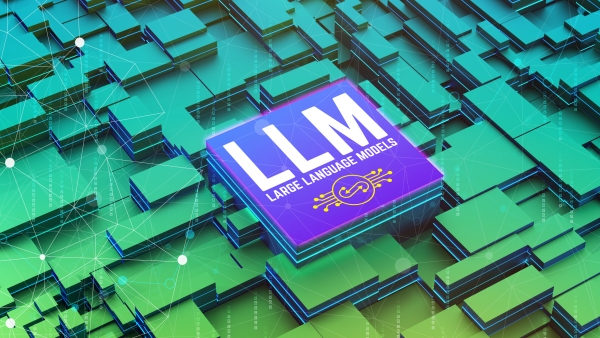Generative artificial intelligence (AI) has become increasingly prevalent in our daily lives, with applications ranging from creating realistic human faces to generating entire pieces of text. While these advances in technology have certainly been impressive, they have also raised important questions about trust and authenticity.
One of the key challenges with generative AI is determining the source and accuracy of the content it produces. Because these algorithms are capable of creating such realistic and convincing material, it can be difficult to discern whether a particular image or text is genuine or has been generated by AI. This lack of transparency can lead to distrust among consumers, who may be unsure of the reliability of the information they encounter.
As generative AI continues to improve and become more sophisticated, the potential for misuse and manipulation also grows. For example, individuals could use AI to create fake news stories, forged documents, or doctored images, all of which could have serious consequences for society. This raises the question of how we can ensure that the content generated by AI is trustworthy and authentic.
One possible solution is to develop methods for verifying the authenticity of generative AI output. This could involve implementing watermarking techniques or digital signatures that are difficult to replicate, thus making it easier to detect content that has been tampered with. Additionally, establishing clear guidelines and regulations for the use of generative AI could help prevent misuse and foster more trust in the technology.
Another approach is to educate the public about the capabilities and limitations of generative AI. By raising awareness about how AI algorithms work and the potential risks associated with their misuse, individuals can become more discerning consumers of digital content. This could help prevent the spread of fake news and other harmful forms of misinformation.
Ultimately, building trust in generative AI will require a collective effort from developers, policymakers, and the public. By promoting transparency, accountability, and ethical standards in the development and deployment of AI technologies, we can ensure that these tools are used responsibly and for the benefit of society. Only then will we be able to fully harness the potential of generative AI while safeguarding against its potential risks.

